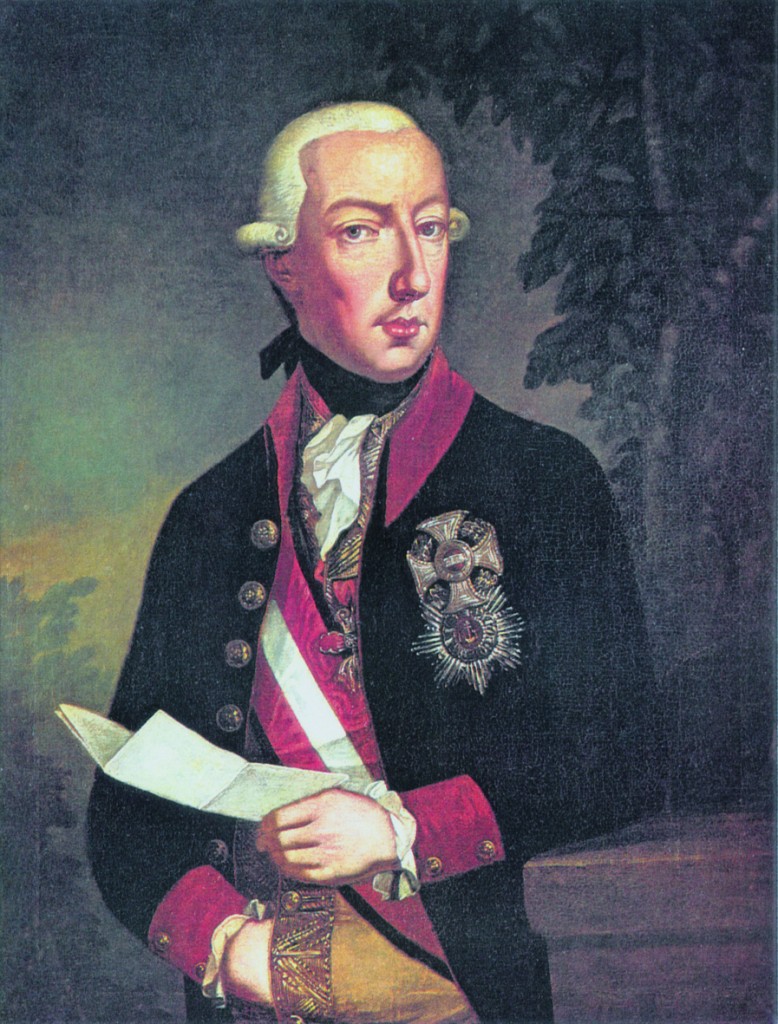Dorotheum was founded in March 1707. This month, the oldest of the world’s largest auction houses is celebrating its birthday.
Dorotheum’s more than 300-year history is intimately entwined with that of the powerful Habsburg dynasty, yet three emperors in particular definitively shaped the auction house.
By Michaela Strebl-Pühringer
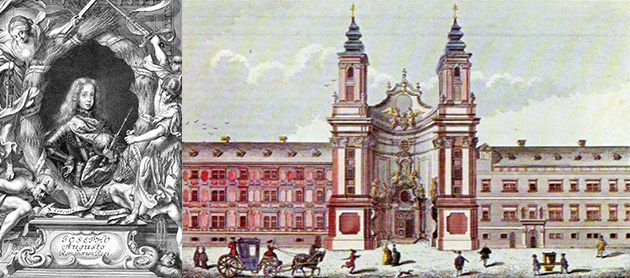
The Founder
Dorotheum’s founder, Emperor Joseph I, was a highly intelligent young man of many talents: he mastered seven languages to perfection, was a trained architect and, like his father, Leopold I, a keen musician. His contemporaries described him as extremely attractive, adventurous, audacious, and gutsy. He was crowned King of Hungary at age nine, and 18 years later, in 1705, when his father died, he ascended the imperial throne to become Emperor of the Holy Roman Empire. With Prince Eugene of Savoy at his side, he fought with some success the Spanish War of Succession, a triumph that earned him the nickname “the Victorious.” As a baroque ruler in the era of the influential “Sun King” Louis XIV of France, Joseph undertook the construction of Schönbrunn Palace, aiming to outshine Versailles. Politically, he implemented several important reforms: he took steps to abolish forced manual labour as payment for property leases, the so-called Frondienst, streamlined the administration, and reformed the tax system. He also rebuilt Josefstadt, the Vienna suburb that had been razed during the Turkish siege. He built the Kärtnertor Theatre, commissioned the casting of the Pummerin, the famous bell in Saint Stephen’s Cathedral, and founded Dorotheum in 1707. It was initially known merely as an imperial pawn office, but the founding charter foresaw a wider function as both auction house and pawn office with a social role to fulfil, much in the spirit of the Italian “mons pius.” It was also to operate as an exchange for property, moveable goods, and labour services. Four years after founding the Dorotheum, Joseph I fell victim to the smallpox epidemic that was then sweeping Europe.
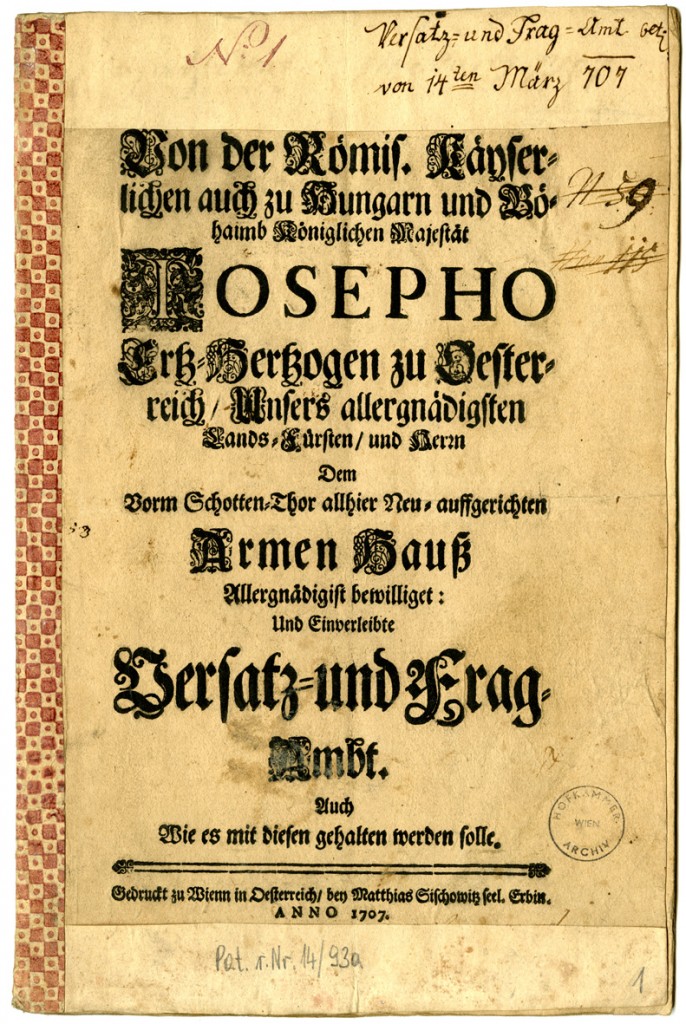
The Emperor Who Named Us
Joseph II, eldest son of Empress Maria Theresa, was a strong proponent of enlightened absolutism. During his short ten-year reign (1780-1790), he implemented a number of swift and significant reforms in the Habsburg hereditary lands. He standardized the administration, dismantled class privileges, carried out a reform of the judicial system, and made improvements in the healthcare and welfare systems; in addition, he introduced a religious tolerance bill that prohibited discrimination of religious minorities and secularized “introspective” orders. Although Joseph II did indeed introduce groundbreaking reforms from a modern perspective, many of his contemporaries considered them far too radical.
A self-confessed emperor of the people, Joseph II would occasionally dress down and leave his palace to move unrecognized among the “subjects.” Legend has it that he once inspected Dorotheum disguised as a common citizen. Whether this is true or not, he unquestionably showed a keen personal interest in the house’s affairs and opened up to the public what had previously been an institution exclusive to only the wealthy, as well as introducing a formal set of rules for the auction business. When the time came to find a new location, Joseph II ignored the proposals of administration officials and opted instead for a location favoured by the nobility in close proximity to the Hofburg Palace. In 1787, the emperor signed over the premises of the dissolved Augustinian monastery and its Church of Saint Dorothy. It was Saint Dorothy, or Dorothea, who eventually gave the name to the auction house: Dorotheum.
The Builder
Emperor Franz Joseph I was the longest-serving monarch in the history of the Habsburg dynasty. He led the Austro-Hungarian Empire for more than 60 years (1848 to 1916): from revolution in Austria, in the early years, to the start of World War I, which would eventually mark the demise of the dynasty. During these six decades, the so-called Ringstrasse period, Vienna underwent a major transformation. The old city wall was torn down and the glacis removed to make way for a broad avenue that encircled the city centre. A number of magnificent buildings in historicist architectural styles were erected along the avenue whose decorative qualities and volumes made them key features of the city’s visual identity.
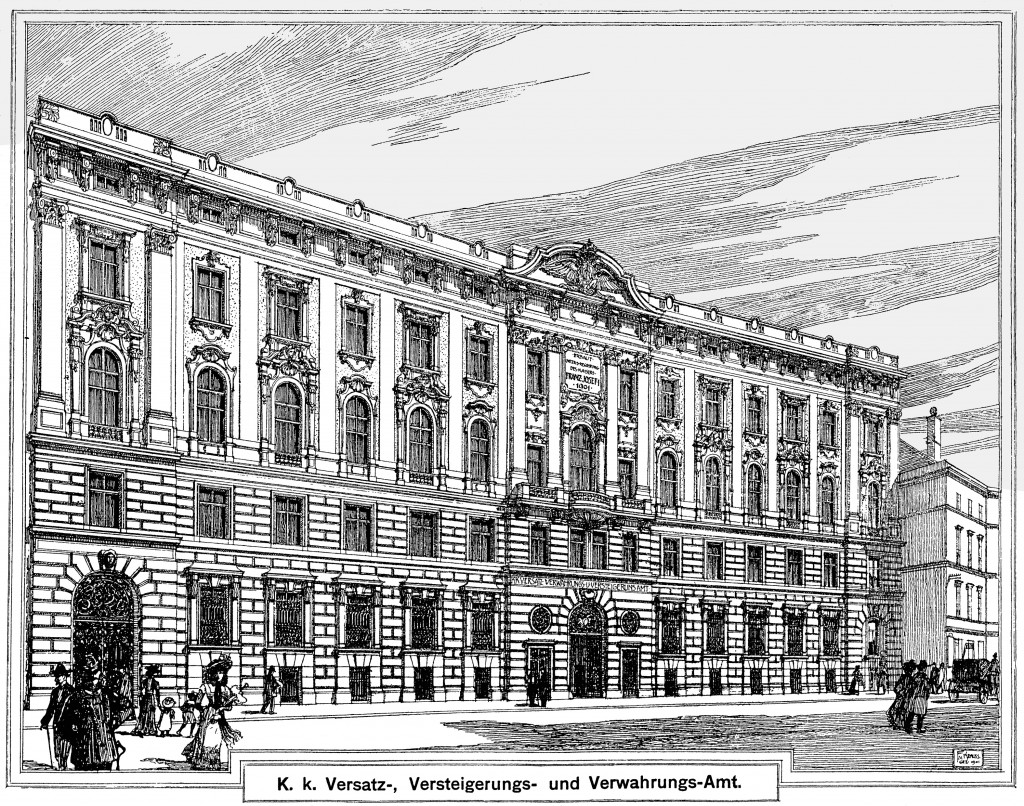
The premises of Dorotheum were also subject to a complete refurbishment. The old monastery walls were torn down, and on the Emperor’s orders, Erich Graf Kielmansegg, governor of Lower Austria and state secretary, initiated the construction of an internationally inspired “palais,” an auction palace, on the site. Emil Ritter von Förster, the architect chosen for the project, eventually created a monumental building in classic baroque tradition. The new palais contained a stately entrance hall, a total of 13 auction rooms, reception and exhibition halls, and an impressive ceremonial hall with a gallery and the imperial insignia, the Franz Josef Hall. Even at the time, the interior design and the optimally temperature-controlled storage rooms met modern-day standards. The emperor himself officially opened the new Palais Dorotheum, in the presence of the bulk of Austria’s aristocracy, on 12 November, 1901. To this day, the palais still attracts visitors and customers to its international auctions with an unparalleled ambiance of imperial tradition, history, and exclusivity. The world’s oldest auction house might quite possibly also be the most beautiful.
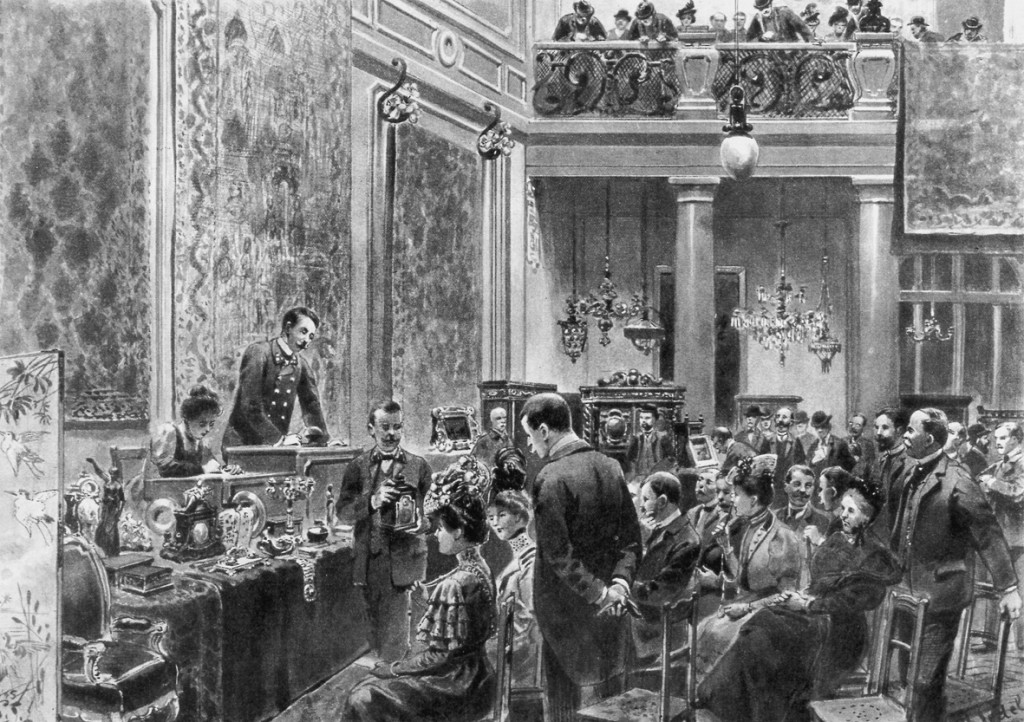
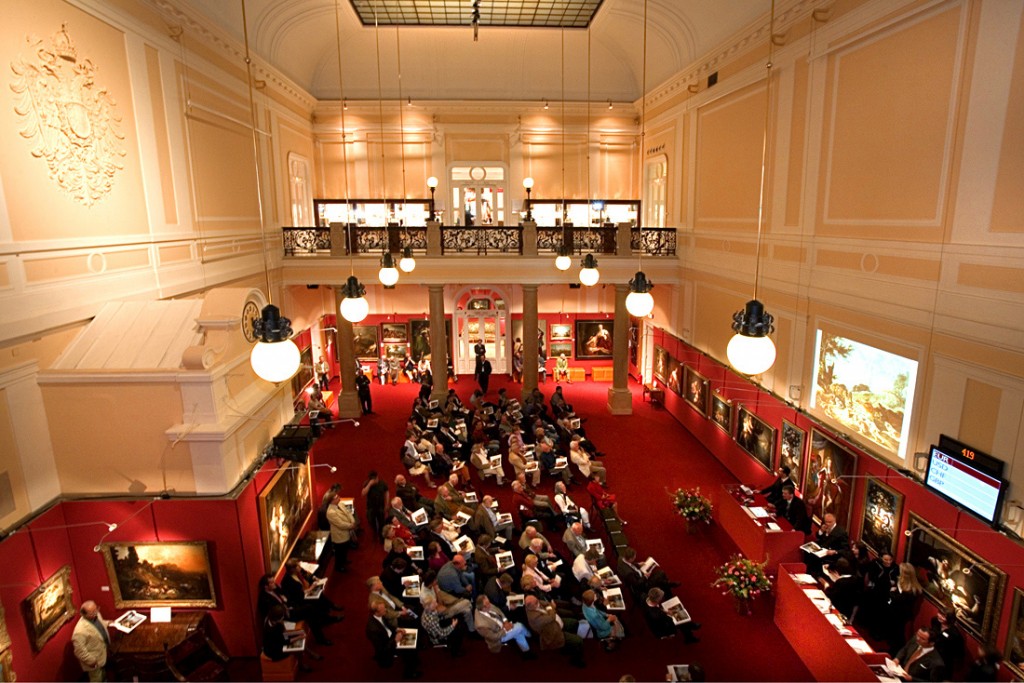
Michaela Strebl-Pühringer is Director of Marketing and Public Relations at Dorotheum. She holds degrees in art history and German literature and is a certified marketing consultant. (myART MAGAZINE Nr. 02/2013)

